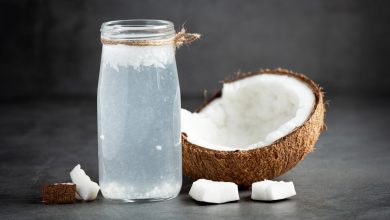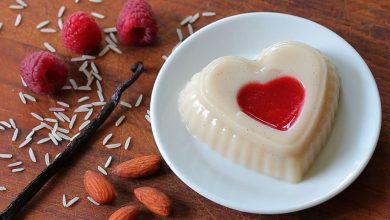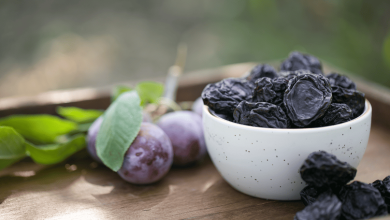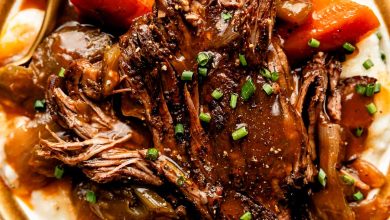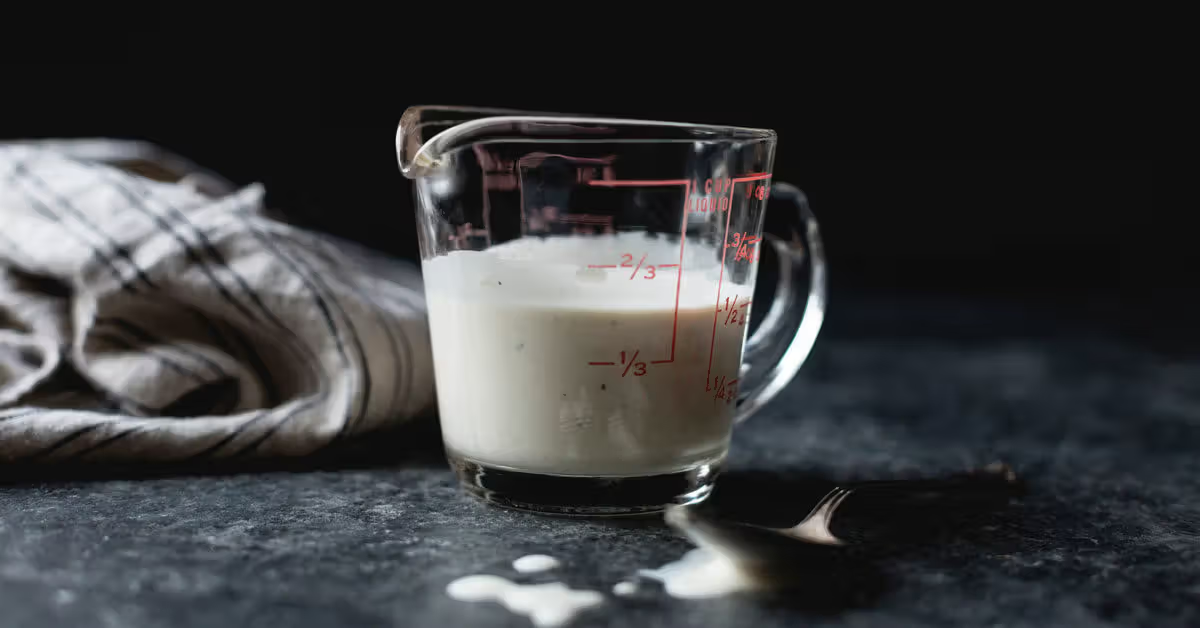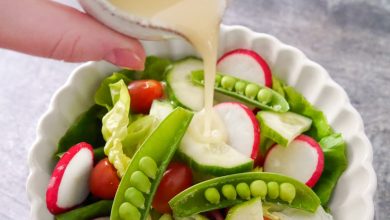Juicy Chicken Wings: Nutritional Facts, Cooking Tips & Health Benefits
Chicken Broilers or Fryers Wing Meat (Raw)
Description:
Chicken wings, typically derived from broilers or fryers, are a versatile and popular cut of meat commonly used in a variety of dishes. Raw chicken wing meat is tender and flavorful, often serving as the centerpiece of appetizers, snacks, or main courses. These wings are rich in protein, making them an excellent source of nutrients, and they can be prepared in countless ways, from grilling to frying or baking. Despite being relatively low in carbohydrates and sugars, chicken wings provide a significant amount of fat, particularly from saturated fats, but they also contain a variety of essential vitamins and minerals that contribute to a balanced diet.
Nutritional Information (Per 100g Serving)
| Nutrient | Amount |
|---|---|
| Energy | 191 kcal |
| Protein | 17.52 g |
| Total Fat | 12.85 g |
| Saturated Fats | 3.535 g |
| Carbohydrates | 0.0 g |
| Fiber | 0.0 g |
| Sugar | 0.0 g |
| Calcium | 11.0 mg |
| Iron | 0.46 mg |
| Magnesium | 16.0 mg |
| Phosphorus | 123.0 mg |
| Potassium | 187.0 mg |
| Sodium | 84.0 mg |
| Zinc | 1.21 mg |
| Copper | 34.0 mcg |
| Manganese | 0.011 mg |
| Selenium | 17.6 mcg |
| Vitamin C | 0.0 mg |
| Thiamin (Vitamin B1) | 0.054 mg |
| Riboflavin (Vitamin B2) | 0.103 mg |
| Niacin (Vitamin B3) | 5.697 mg |
| Vitamin B6 | 0.528 mg |
| Folate (Vitamin B9) | 7.0 mcg |
| Vitamin B12 | 0.25 mcg |
| Vitamin A | 9.0 mcg |
| Vitamin E | 0.64 mg |
| Vitamin D2 | 0.1 mcg |
Allergen Information
Chicken wing meat is naturally free from common allergens like dairy, eggs, and gluten. However, if you are preparing chicken wings with marinades, sauces, or coatings, be mindful of possible allergens that may be added, such as soy, wheat, or dairy products. Always check the ingredients of any added seasonings or pre-made sauces to avoid allergic reactions.
Dietary Preferences
Chicken wings, when prepared without added breading or excessive sauces, are naturally low-carb and keto-friendly. They are a high-protein, low-carbohydrate choice that fits well into various diets such as:
- Paleo: Suitable for the paleo diet, as they are naturally free of processed ingredients and grains.
- Keto: The high fat and protein content, with no carbohydrates, make them ideal for a ketogenic diet.
- Gluten-Free: Chicken wings themselves are gluten-free, but again, be cautious of sauces or coatings that may contain gluten.
- Dairy-Free: Chicken wings are inherently dairy-free unless cooked with dairy-based ingredients or toppings.
Advice on Cooking and Preparation
Chicken wings can be cooked in various ways, each bringing out unique flavors and textures. Here are a few tips to get the best results:
- Grilling: Marinate your wings in your favorite sauce or a mix of olive oil, herbs, and spices before grilling. Grilling imparts a smoky flavor and crispy texture to the skin.
- Baking: For a healthier option, bake your wings at a high temperature (around 400°F/200°C) to achieve a crispy outer layer without excess oil.
- Frying: If you enjoy fried wings, be sure to coat them lightly in a batter or breadcrumbs before frying to add extra crunch.
- Air Frying: Air frying offers a lower-fat alternative to traditional frying while still giving you crispy, delicious wings.
Conclusion
Chicken broiler or fryer wing meat is a versatile, nutrient-dense option for many dishes. Its high protein content and variety of essential vitamins and minerals make it an excellent choice for anyone looking to increase their intake of lean protein while keeping their meals flavorful. Whether you grill, bake, fry, or air-fry, these wings are sure to satisfy with their tenderness and rich taste. Just be mindful of added seasonings and coatings if you’re following specific dietary preferences or need to avoid allergens.


